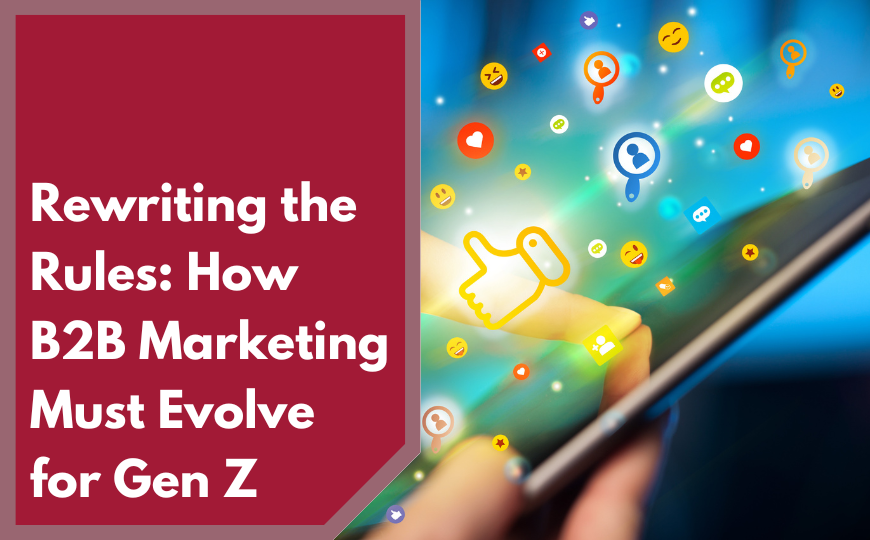Every marketer is tasked with identifying the marketing vehicle(s) that will result in the most revenue at the lowest cost. During discussions with my clients regarding this endeavor, I often hear pains of frustration. This frustration is primarily caused by the inability to accurately identify a direct marketing path to a sale. The reality is that in today’s world, this direct path seldom exists.
Understanding how assisted conversions work and what the data means will help to minimize a lot of the frustration.
Is Your ROI Going Up or Down?
It’s fairly easy to identify the last touch point or sometimes even the first touch point a consumer makes prior to purchasing or even the first touch point. However, when looking at these touch points alone, many marketers find themselves in situations where they are spending more and generating less revenue. Why is this?
It’s easy to assume that the first or last touch point was what convinced the consumer to purchase. Therefore, marketers will invest the entire marketing budget towards these funnels. Without understanding how consumers make a decision, marketing dollars are often taken away from marketing mediums that were actually key to the purchasing cycle.
Let’s Look at the Following Example.
A health club invests in postcard, TV, and paid online advertising to promote the grand opening of a new location. All residents within a few-mile radius of the club received several postcards with an offer of a free t-shirt. Both TV ads and search ads ran a month prior to the opening; however, neither of these campaigns offered the free t-shirt.
When asked how they heard of this club, only 8 new members mentioned online advertising. At face value, it would appear that online advertising was not successful. However, after analyzing consumer behavior and assisted conversions in analytics, it was discovered that 64 of the new members who joined online arrived at the website through a paid ad at some point prior to joining. It also showed that over 200 new members went through a paid ad and downloaded the grand opening coupon prior to joining at the gym location.
What Would Cause Such a Huge Discrepancy?
There are many contributing factors to the discrepancy. However, the biggest one is the lack of understanding in the decision-making process. Even if a consumer sees a postcard first, that person is not likely to make a financial commitment before doing more research. Consumers will research websites, online reviews, and competitors prior to making a final decision. Then, once a decision is made to purchase, when asked, that consumer is not likely to communicate the entire path he or she took. Instead, the consumer is going to mention the advertisement that stood out the most for him or her. Relying on this information alone is dangerous.
What’s the result?
In these situations, marketers are often tempted to stop paid advertising, social media, SEO, TV, or any other advertising campaign that doesn’t appear to result in a direct sale. If the temptation evolves into execution, there is a high probability of throwing out the baby with the bath water. Said another way, without a comprehensive understanding of the initial point that brought users to your site prior to converting (whether off or online), advertisers could be erasing the path to conversions – the road to revenue.
STOP! Don’t Throw The Baby Out With the Bath Water.
You don’t have to be a victim. You have several options to help ensure you don’t cut off the supply of assisted conversions.
- Familiarize yourself with your website analytics tool so you can analyze the source and path of conversions.
- Use vanity URLs for specific campaigns to help segment offline and online conversions.
- Use coupon codes for specific campaigns to help segment offline and online conversions.
- Test… Test… Test… This will allow you to see what variations or combinations of campaigns are most successful. Be sure to test in moderation. Trying to test too many components at the same time will make it difficult to determine what single factor had the biggest impact.
If you don’t have time or need professional assistance, hire a company like DirectiveGroup, which specializes in increasing conversions for their clients through digital integrated marketing.





